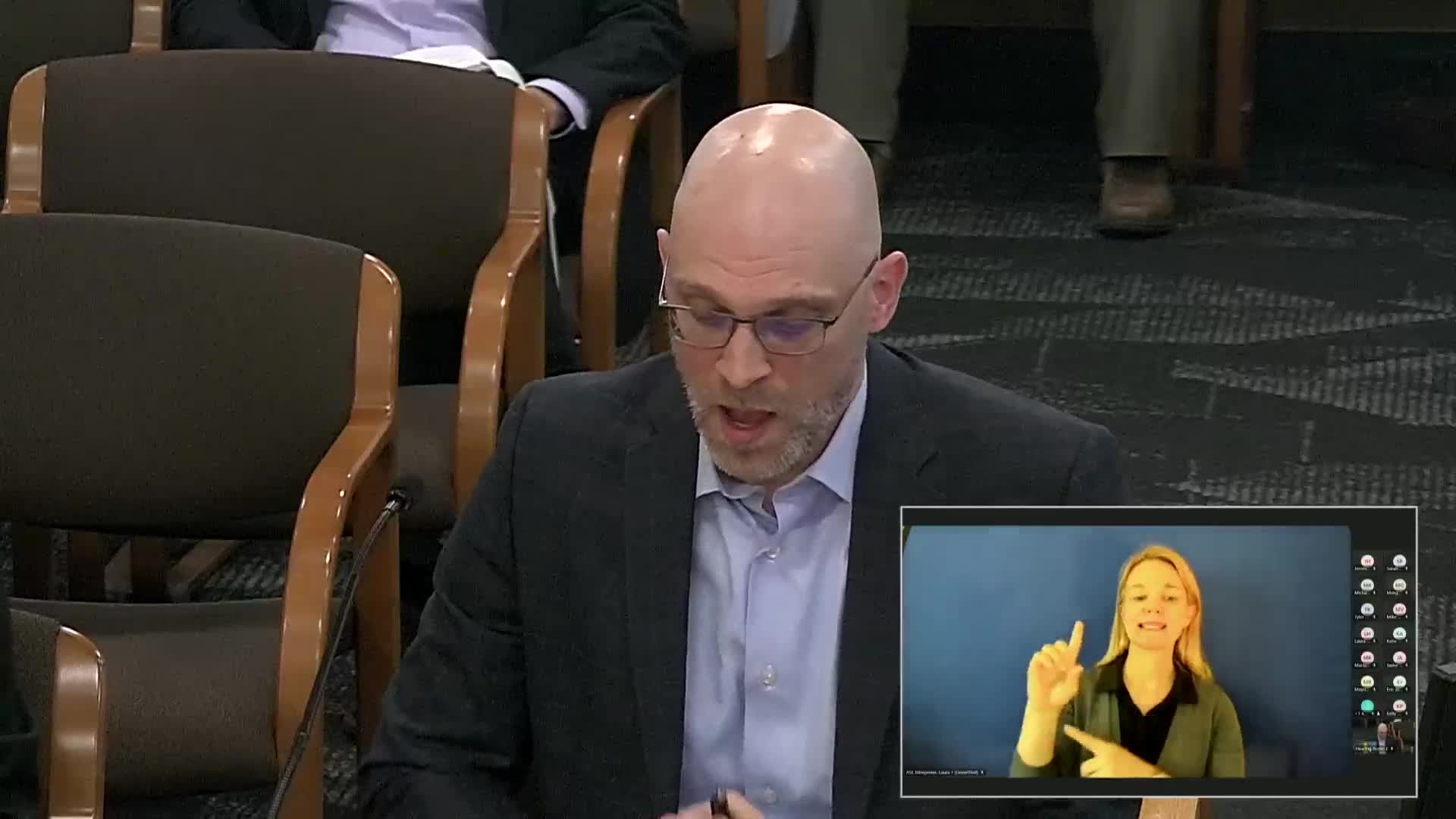Oregon updates building code to address moisture intrusion in multifamily housing
May 05, 2025 | Housing and Development, Senate, Committees, Legislative, Oregon
This article was created by AI summarizing key points discussed. AI makes mistakes, so for full details and context, please refer to the video of the full meeting. Please report any errors so we can fix them. Report an error »

Oregon's commitment to improving building standards took center stage during the recent Senate Committee on Housing and Development meeting, where discussions focused on moisture intrusion in multifamily housing. The Oregon building code, which applies uniformly across the state, has evolved significantly to address this critical issue, particularly in light of the state's wetter climate.
Key advancements in the Oregon structural specialty code, which is based on national standards, have been implemented to prevent moisture-related problems in buildings. These changes stem from recommendations made by a construction claims task force established in 2005, aimed at reducing litigation over construction issues. Oregon has become a leader in establishing specific code requirements for water-resistant barriers and effective drainage systems to manage water that penetrates exterior walls.
The meeting highlighted essential code provisions, including the installation of flashing around doors and windows, setting maximum moisture content for wood framing before interior finishes, and ensuring proper ventilation in humid areas like bathrooms and kitchens. However, the effectiveness of these measures relies heavily on skilled labor and adherence to both code requirements and manufacturer instructions.
Local government inspections, while necessary, present challenges. They often lead to increased permit costs and require specialized training for inspectors. Furthermore, these inspections are typically conducted at a single point in time, which may not capture the ongoing nature of construction processes. Continuous oversight is crucial to ensure that all steps, such as the proper installation of flashing, are completed correctly before walls are covered.
As Oregon continues to refine its building codes, the focus remains on enhancing the quality and durability of multifamily housing, ultimately benefiting residents and reducing future construction disputes. The committee's discussions underscore the importance of skilled labor and thorough inspections in safeguarding against moisture intrusion, paving the way for more resilient housing solutions in the state.
Key advancements in the Oregon structural specialty code, which is based on national standards, have been implemented to prevent moisture-related problems in buildings. These changes stem from recommendations made by a construction claims task force established in 2005, aimed at reducing litigation over construction issues. Oregon has become a leader in establishing specific code requirements for water-resistant barriers and effective drainage systems to manage water that penetrates exterior walls.
The meeting highlighted essential code provisions, including the installation of flashing around doors and windows, setting maximum moisture content for wood framing before interior finishes, and ensuring proper ventilation in humid areas like bathrooms and kitchens. However, the effectiveness of these measures relies heavily on skilled labor and adherence to both code requirements and manufacturer instructions.
Local government inspections, while necessary, present challenges. They often lead to increased permit costs and require specialized training for inspectors. Furthermore, these inspections are typically conducted at a single point in time, which may not capture the ongoing nature of construction processes. Continuous oversight is crucial to ensure that all steps, such as the proper installation of flashing, are completed correctly before walls are covered.
As Oregon continues to refine its building codes, the focus remains on enhancing the quality and durability of multifamily housing, ultimately benefiting residents and reducing future construction disputes. The committee's discussions underscore the importance of skilled labor and thorough inspections in safeguarding against moisture intrusion, paving the way for more resilient housing solutions in the state.
View full meeting
This article is based on a recent meeting—watch the full video and explore the complete transcript for deeper insights into the discussion.
View full meeting
